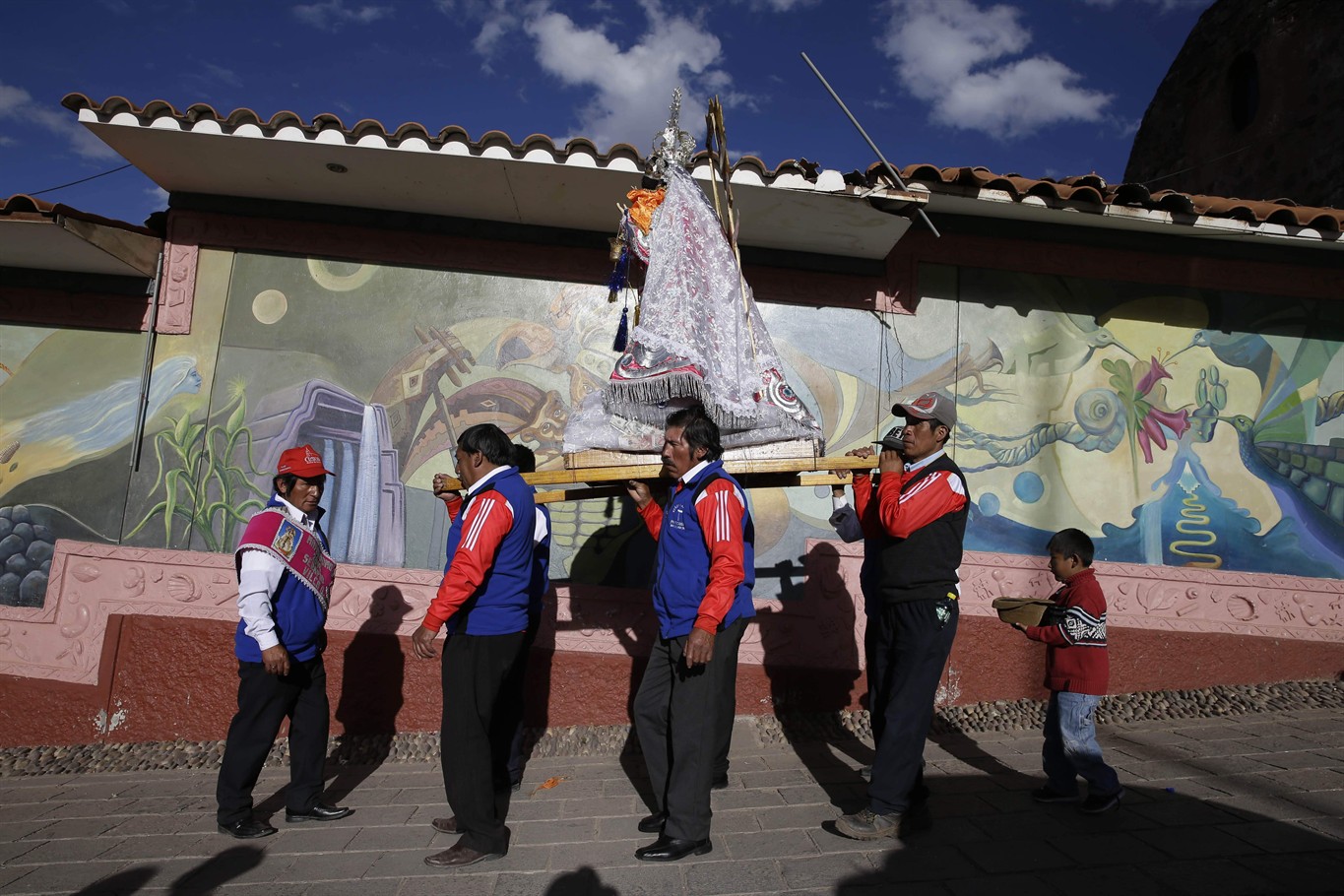CUZCO, Peru – Veneration of Bolivia’s Our Lady of Copacabana has extended into neighbouring southern Peru, where hundreds of faithful are drawn to the annual celebration of festival, including members of the LGTBQ community.
The areas share a common history and Andean culture, and Peru’s main festival of Our Lady of Copacabana is held in the old Incan capital of Cuzco.
The Peruvian festival’s founder, Libia Espinoza, said she has “a lot of faith” in the virgin because she cured her of a kidney problem.
She said the Roman Catholic rites of Our Lady of Copacabana began in the 16th century in the Bolivian town of Copacabana on the shores of Lake Titicaca. The presence of Bolivian merchants in southern Peru spread and spurred devotion to Our Lady of Copacabana in this country, which shares Lake Titicaca with Bolivia.
The statue used in the Peruvian festival was given to Espinoza by Bolivian friends.
Espinoza said several devotees contributed the $9,000 spent to put on this year’s event. What began as a feast with family and friends has grown each year until now in its 10th year it drew about 500 people.
Despite discrimination against members of the LGTBQ community, a group of transgender dancers is invited every year to perform a Bolivian dance called the “Morenada,” or the Dance of the Black Slaves.
“We started as a small group but it has grown” each year, said Carolina Corazao, a Peruvian transgender rights activist.







